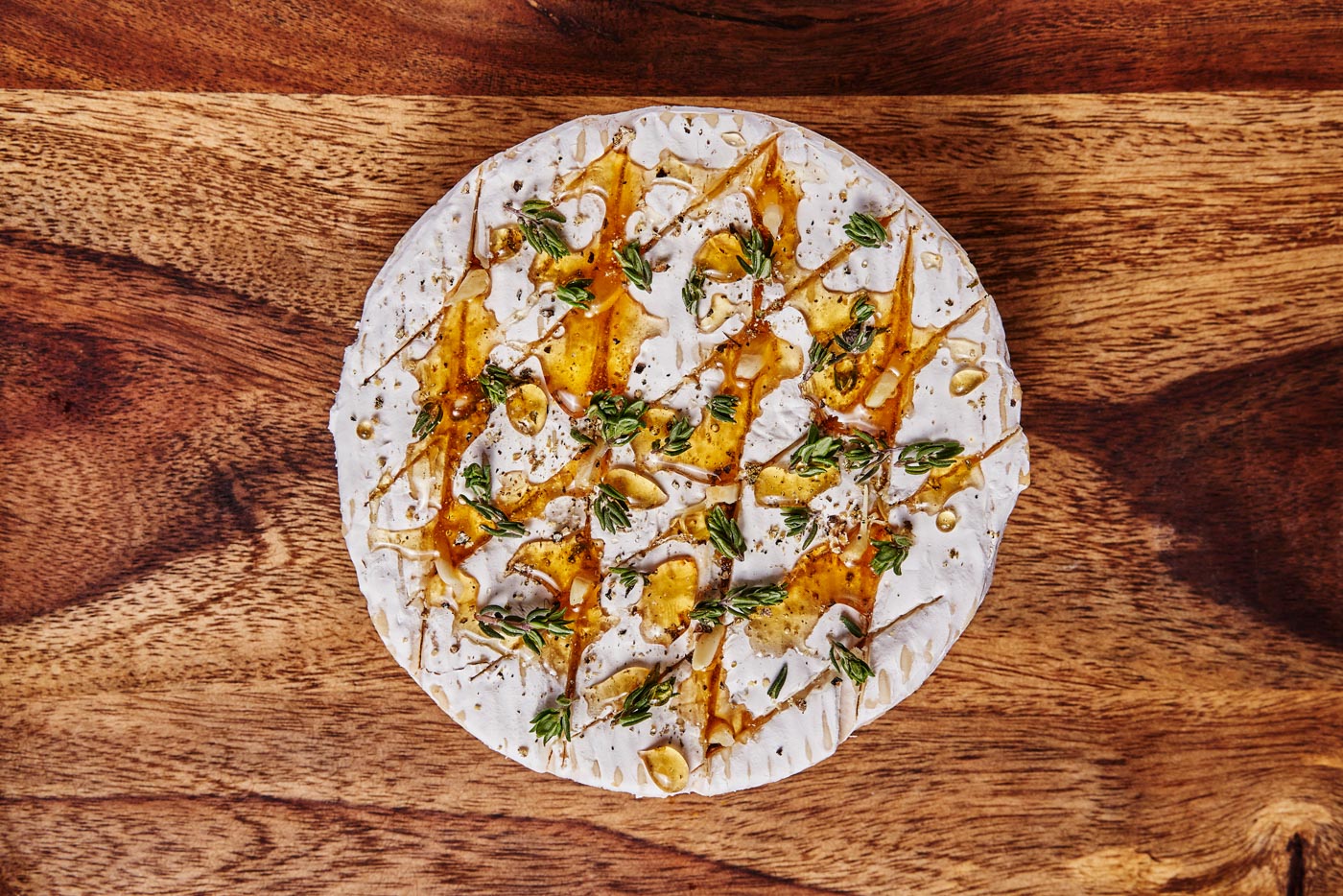Editor’s Note: A Woman’s Place is a book on the unsung women throughout history that have contributed so much to the food and beverage industry. It’s written by our very own senior editor Stef Ferrari and Life & Thyme contributor Deepi Ahluwalia. Today’s story is an excerpt from the book on the creator of Camembert cheese, Marie Harel.
Marie Harel
1761–1844
Among the creamy, stinky, sweet, salty, and sometimes moldy varieties that occupy the top echelon of French cheesedom, there is one that won over World War II troops and became a symbol of French identity: the beloved Camembert. The woman who created it, Marie Harel, has earned an equal amount of fame and devotion.
The legend of this famous cheese takes us to Normandy at the turn of the eighteenth century, amid the tumult of the French Revolution. Somewhere near the village of Camembert, a local cheesemaker sheltered a priest on the run from an angry mob. The clergyman, himself a cheesemaker from Brie, passed his knowledge on to the woman, Marie. The result of their collaboration? An aromatic cheese called Camembert.
It’s a lovely legend, but here’s a more likely version. Born in Crouttes on April 28, 1761, Marie worked on her family’s farm in Camembert, where she produced cheese according to local custom. Her skill with the creamy cheese was so superlative that her variety became synonymous with the Camembert style, and she later passed her craft on to her daughter and son-in-law, who kicked off a new era of the family business. All of Marie’s five grandchildren also became cheesemakers, expanding the production of Camembert and ensuring that the cheese found fans far beyond its birthplace.
Today, Camembert falls into the category of les fromages à pâte molle et à croûte fleurie—that’s the fancy French way of saying “soft cheeses with a natural rind.” There are plenty of imitators, but the real deal is specifically labeled as Camembert de Normandie A.O.C. Raw Normande cow’s milk is inoculated with bacteria, rennet, and the Penicillium camemberti mold that gives Camembert its iconic soft white rind. After the cheese has ripened, fromage fans can enjoy its rich, creamy texture solo, served at room temperature to allow the complex flavors to bloom, baked and paired with fruits and nuts, or even inside gooey homemade mac and cheese. Regardless of how Marie found her calling in the creation of Camembert, that’s the stuff of legend.


Recipe
Baked Camembert
Serves 4
Ingredients:
- 1x 8 or 9 oz wheel of Camembert in wooden box
- 2x garlic cloves, sliced into matchsticks
- 2x sprigs fresh thyme, stems removed
- Honey
- Cracked black pepper
Equipment:
- Camembert wooden box or small ceramic baking dish
This is a quick and easy customizable cheese course that pairs perfectly with a variety of options.
Method:
- Preheat oven to 350ºF.
- Remove and discard wrapper from Camembert and place cheese back in wooden box (if your Camembert did not come with a wooden box, place cheese inside ceramic baking dish). Score top rind of cheese with knife in crosshatch pattern and insert garlic into cheese. Sprinkle top with thyme and cracked black pepper, and drizzle with honey. Bake Camembert for 15–-20 minutes until gooey. Be careful not to overbake, or cheese will dry out and harden.
- Remove from oven and serve immediately with crackers, fruit and herb crisps, toasted slices of baguette, walnuts, dried fruit fruit, or whatever suits your fancy.







Our comments section is for members only.
Join today to gain exclusive access.